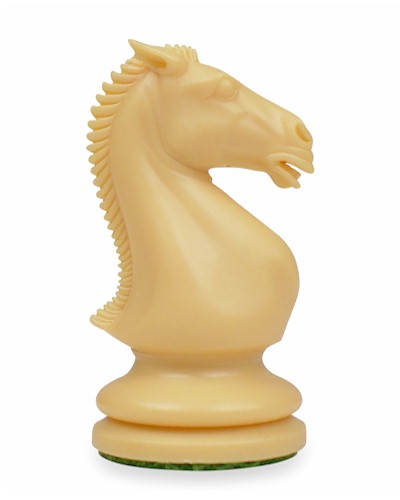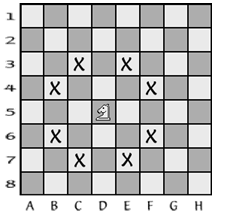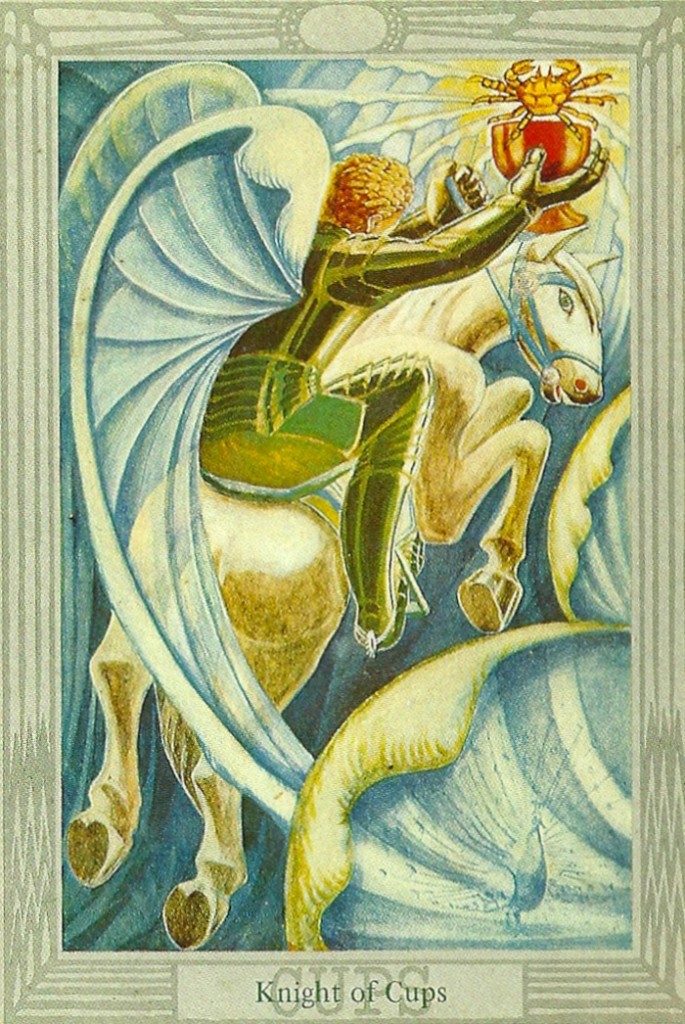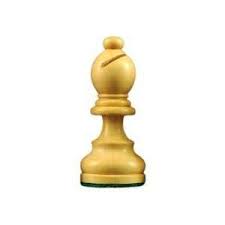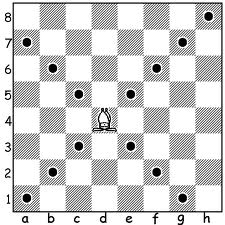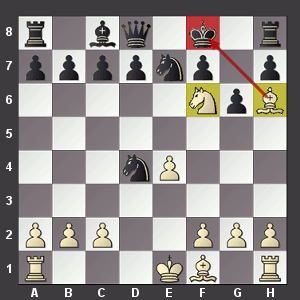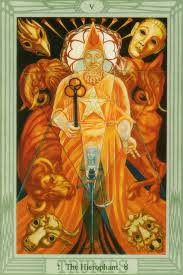Spiritual Paradigm of Chess Part 4 Introduction
Spiritual Paradigm of Chess Part 4 : The Spiritual Knights and Bishops Analogy will be studied together as they are two very contrasting pieces which may represent the emotions and intellect respectively.
(a) The Knights Spiritual Paradigm
The animal nature of the horse represents our emotions and lower instincts and the knight (us) riding the horse tries to control them. It is the only piece that can jump over other pieces and it takes a long and erratic path to travel across the chess board. We often ride on our emotions through life in many circumstances.
Emotions do not move in straight lines (like thought); hence the path of action of the knight is more obscure than that of the bishop representing our intellect.
Knights tend to move early in the game showing that our emotions are something that also develop quickly but mature over time. Some followers of religion get caught up in very strong emotions and become ‘fanatical’ which can be very dangerous as we see in the many parts of the world today. This is very different to the true devotion to God shown by the Bhakti Yogis. So a balanced emotional attitude to life can be very useful in providing a supportive environment in which to meditate or do our spiritual practise but when they swamp us (and the horse rules the knight) we get caught up in a rather erratic lifestyle or spiritual practice, much like the erratic path the knight takes across the chess board.
If the Knight does not move we cannot castle to protect our King and indeed the knight is often moved early in the game to allow other pieces to develop and also it helps control the centre of the chessboard early on. From this we can infer that emotional development is very beneficial for a harmonious spiritual journey, although not an end in itself. By allowing our emotions to flow we can be free to develop higher consciousness (higher pieces on the chessboard, rooks, queen).
A well positioned knight controlling the centre squares is really helpful for the unfolding of whites pieces (our spiritual development) and so having our emotions and instincts working for us and not being trapped (knights unmoved) or not working to our best interests (knights on the flanks of the chessboard), we can see that spirituality does not mean being detached emotionally but learning how to flow with them to create a healthy environment for our spiritual life to move forward.
They may be represented in the Tarot as the Knight of Cups (cups are related to the emotions) in the Thoth deck:
This card further illustrates the ability of the knight to jump over blockages within us and this knight carries the Holy Grail in his hand indicating his journey for spiritual truths. The wings on his back show his ability to achieve new heights of consciousness.
We will now consider the bishop.
(b) The Bishops Spiritual Paradigm
The bishop refers to the intellect which moves in straight lines, very different to the convoluted path of the knight and the emotions.
Each Bishop is confined to its own colour and can only move diagonally as shown above.
They can only have access to 32 squares of the board illustrating the limitations of the intellect. The Bishop therefore only knows its own colour & it is stuck in duality & cannot experience other side of creation (opposite colour) so needs the other bishop to experience this. In the same way the intellect can never know God and the oneness of creation and so we must be able to move beyond the realm of the mind to discover spirit and perform ‘soul work’ with development of our awareness on the spiritual planes of consciousness.
The fact that the bishop starts so close to the King (Soul) is an indication of the fact that we often identify ourselves with the intellect which in itself is a tool of separation. So as the game progresses along with our spiritual life, we get separation from the intellect (and the knight of the emotions) and we have the potential to become far more associated with higher aspects of the self (Rook & Queen).
As can be seen from the diagram above the bishop is potentially long reaching when obstacles have been removed or other pieces positioned appropriately. So the intellect can be very cutting like a sword which we can use to our advantage in understanding spiritual concepts and philosophies. However, much like the knight, not an end in itself and having a well developed mind has little to do with God Realisation.
The knights and bishops if well placed can checkmate the black king as so if working in harmony can be a powerful tool as shown on the chessboard below:
In the same way our emotions and intellect working harmoniously can lead to a very powerful base in which we can move through our spiritual path in a balanced and meaningful way. So both of these pieces represent qualities we should be striving for when demonstrating our desire for spiritual knowledge.
The bishop may be represented by the Hierophant in the Tarot deck and he is a teacher of formal doctrines, traditions and dogmas which again represent intellectual thought and its inherent limitations:
Although a useful tool, we grow out of simply following traditions on the spiritual path, indeed we move away from them once we see that they have limited value. In many ways the spiritual journey is about rebellion from traditions and societies norms and so the intellect does not play a major role in our soul’s development.
In the next article we will discuss the Rooks & Queens.
Chess Knights and Bishops Analogy Links
The Chess Game : A Spiritual Story
Chess as a Spiritual Paradigm
Spiritual warfare as a Chess Game

